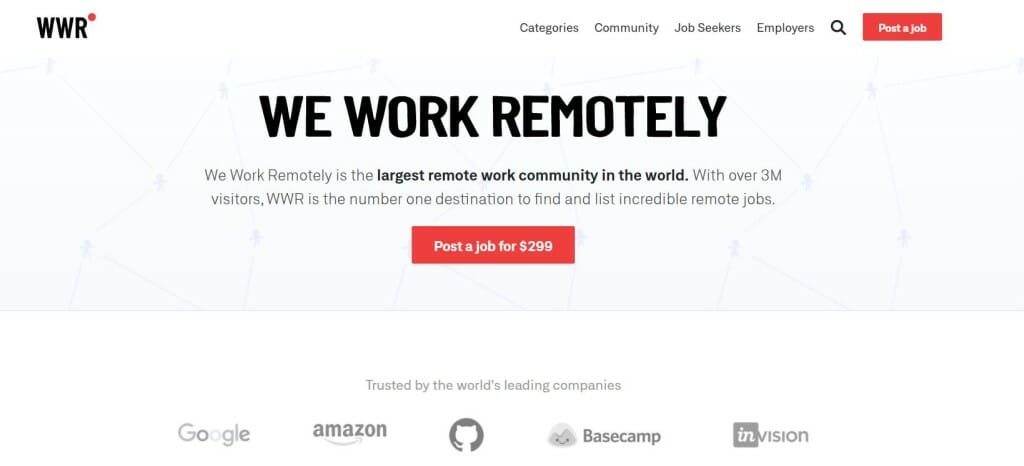

Even so, these workers are largely satisfied with the steps that have been taken at their workplace to protect them from exposure to the virus. At least half of these workers say they’re concerned about being exposed to the coronavirus from the people they interact with at work or unknowingly exposing others. 2Īmong those who are not currently teleworking all of the time, roughly eight-in-ten say they have at least some in-person interaction with other people at their workplace, with 52% saying they interact with others a lot. Similarly, while a majority of upper-income workers can do their work from home, most lower- and middle-income workers cannot. This compares with only 23% of those without a four-year college degree. Fully 62% of workers with a bachelor’s degree or more education say their work can be done from home. There’s a clear class divide between workers who can and cannot telework.

In fact, a majority of workers say their job responsibilities cannot be done from home. To be sure, not all employed adults have the option of working from home, even during a pandemic. Most also say it’s been easy for them to meet deadlines and complete projects on time, get their work done without interruptions, and feel motivated to do their work. 1 Among those who are currently working from home all or most of the time, about three-quarters or more say it has been easy to have the technology and equipment they need to do their job and to have an adequate workspace. While not seamless, the transition to telework has been relatively easy for many employed adults. And more than half say, given a choice, they would want to keep working from home even after the pandemic, according to a new Pew Research Center survey. Now, 71% of those workers are doing their job from home all or most of the time. Only one-in-five say they worked from home all or most of the time. Most workers who say their job responsibilities can mainly be done from home say that, before the pandemic, they rarely or never teleworked. The abrupt closure of many offices and workplaces this past spring ushered in a new era of remote work for millions of employed Americans and may portend a significant shift in the way a large segment of the workforce operates in the future. “Lower income” falls below that range “upper income” falls above it. “Middle income” is defined here as two-thirds to double the median annual family income for panelists on the American Trends Panel. “Some college” includes those with an associate degree and those who attended college but did not obtain a degree. References to college graduates or people with a college degree comprise those with a bachelor’s degree or more. References to White, Black and Asian adults include only those who are not Hispanic and identify as only one race.
#We work remote full
References to workers or employed adults include those who are employed part time or full time and who have only one job or have more than one job but consider one of them to be their primary job.


 0 kommentar(er)
0 kommentar(er)
